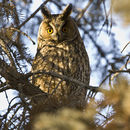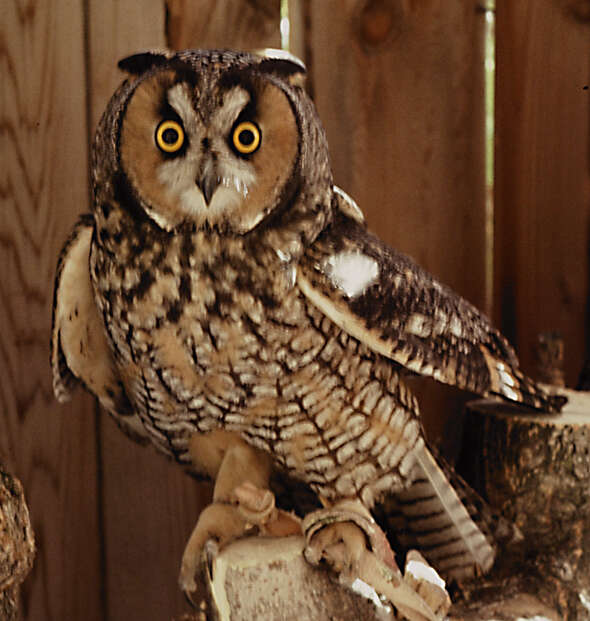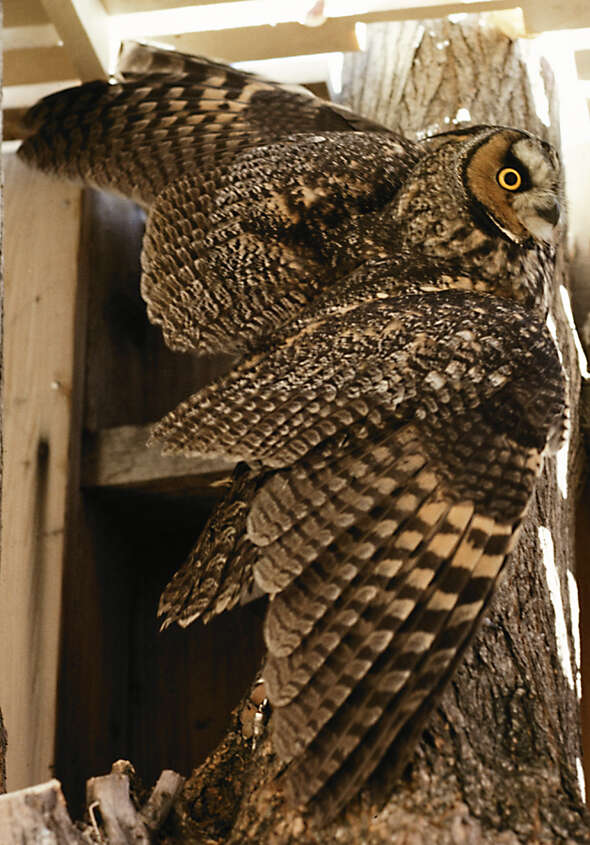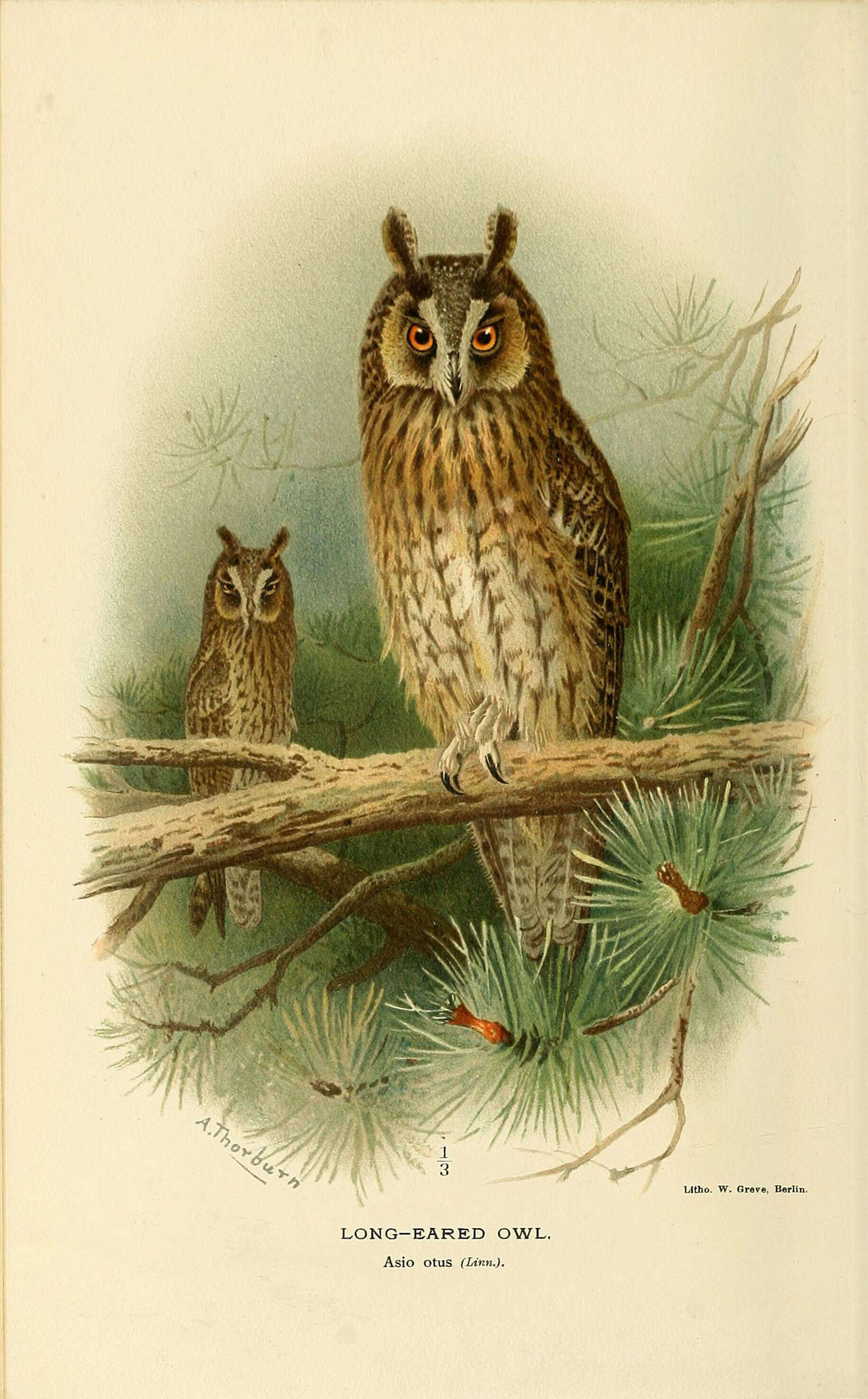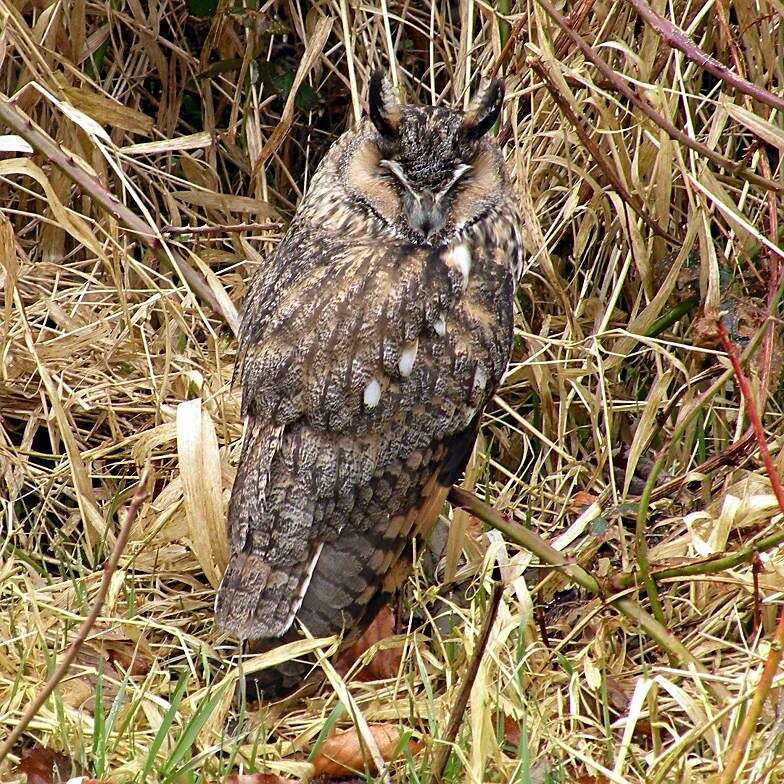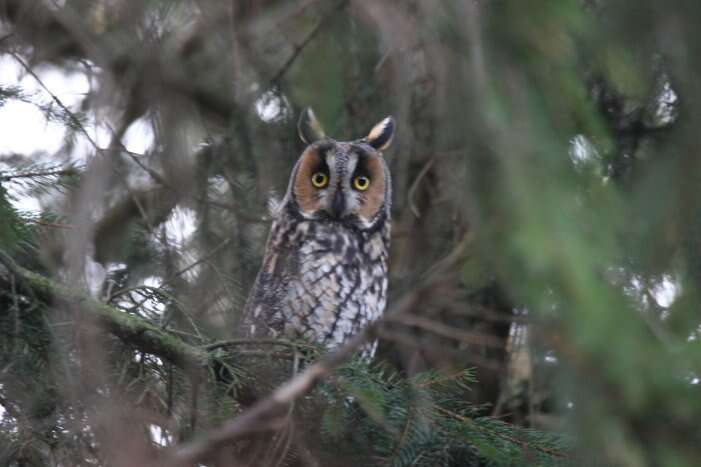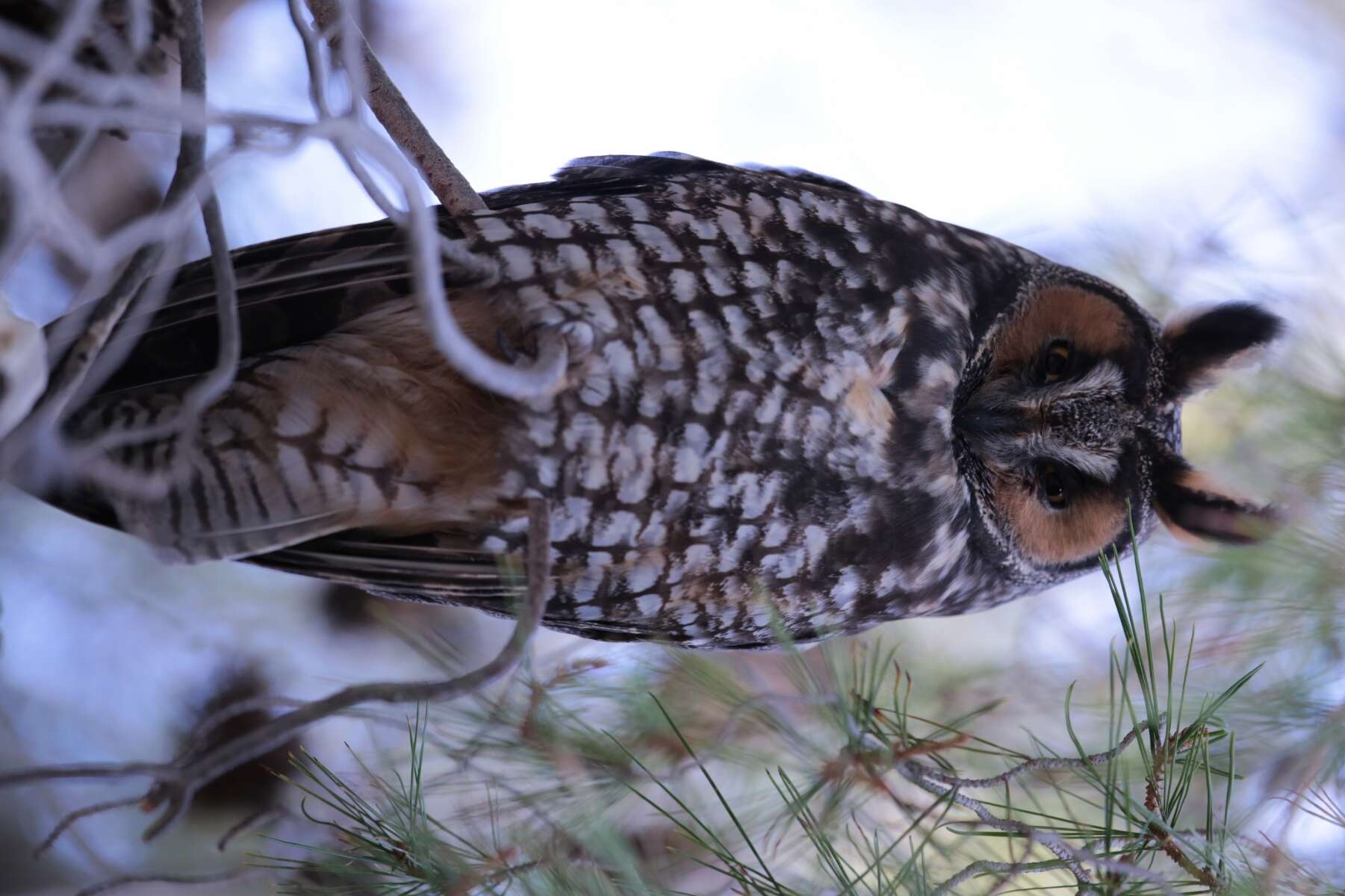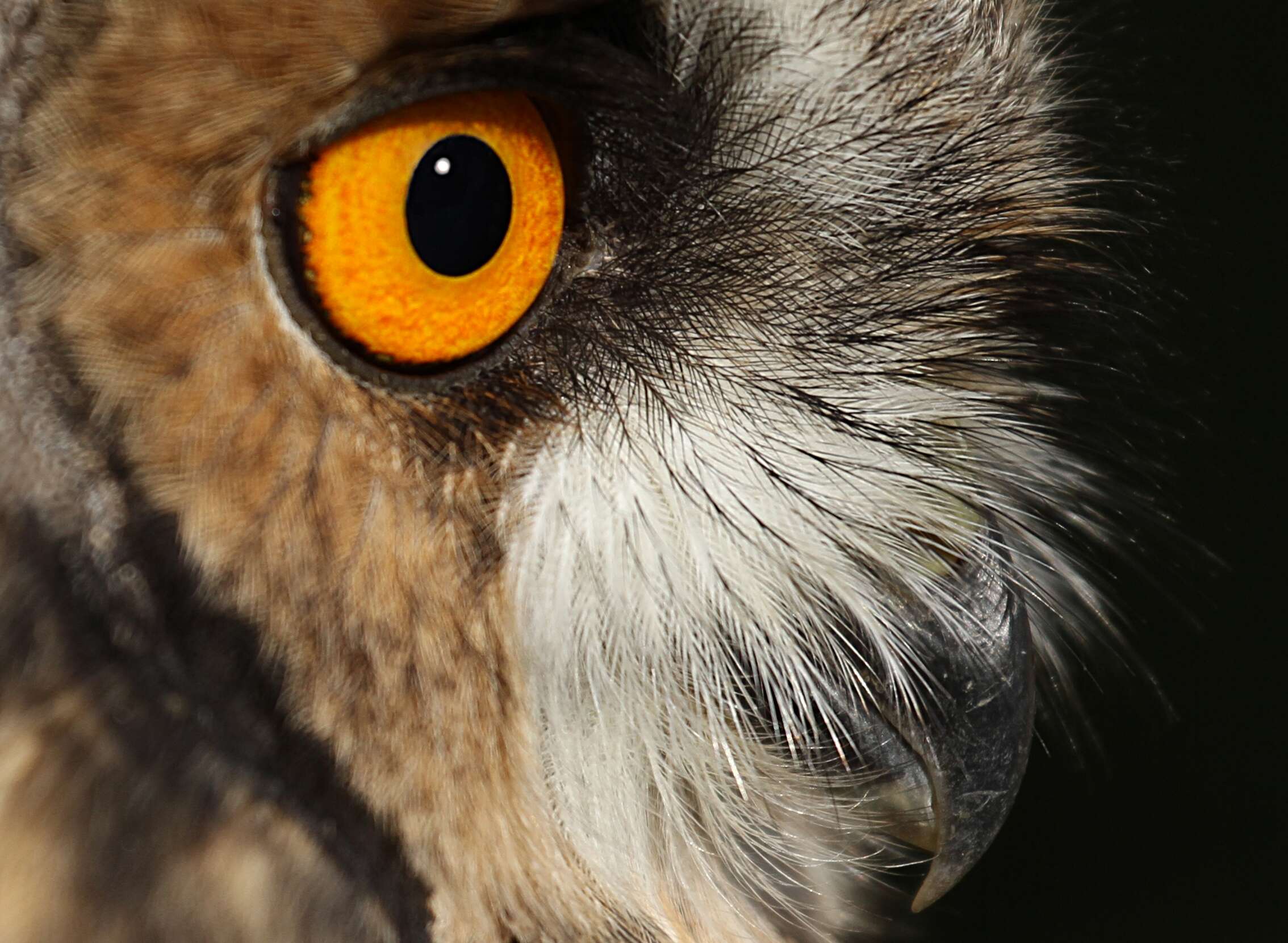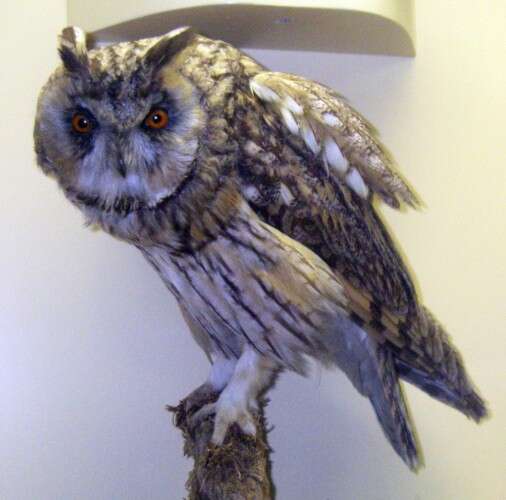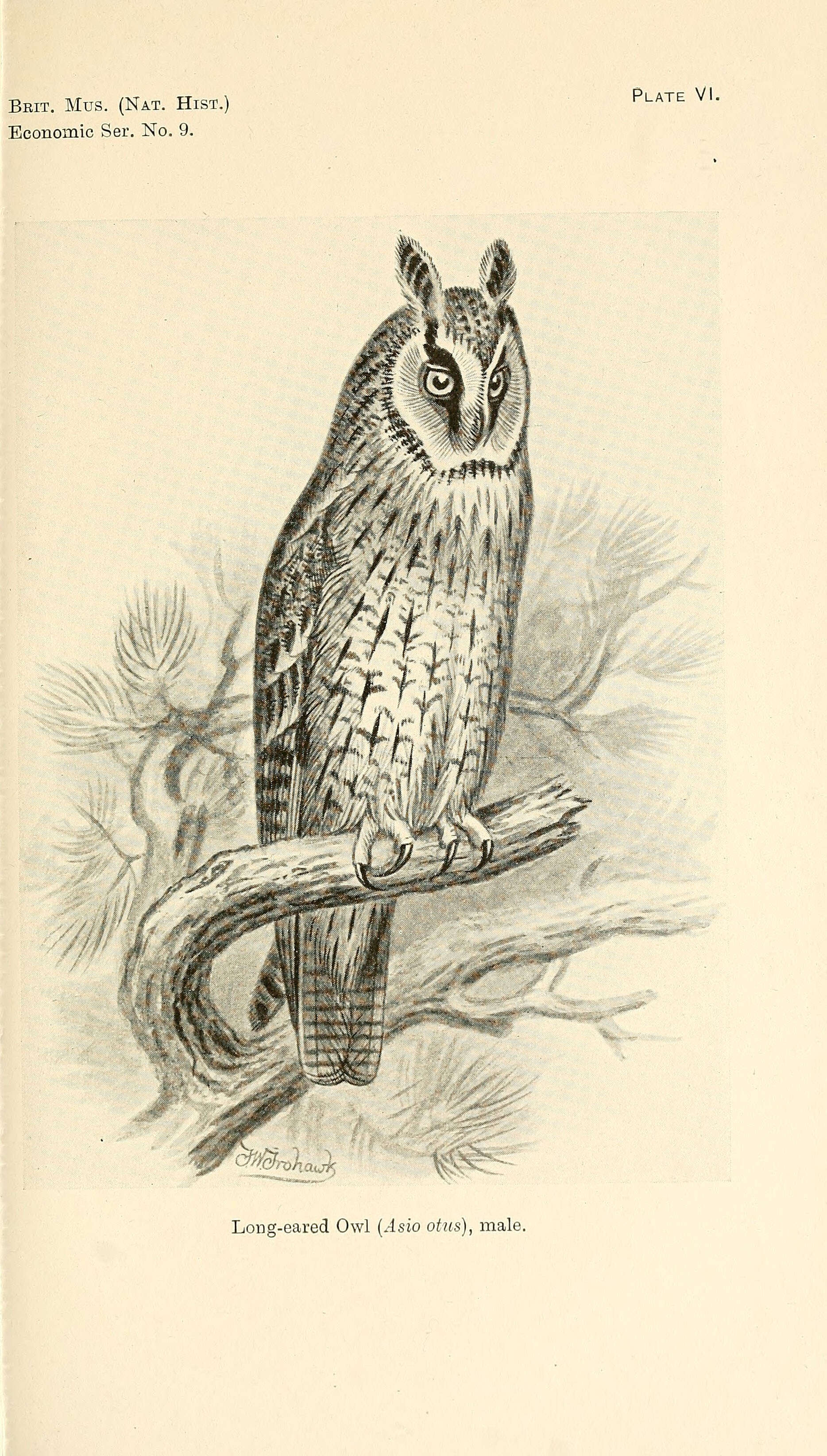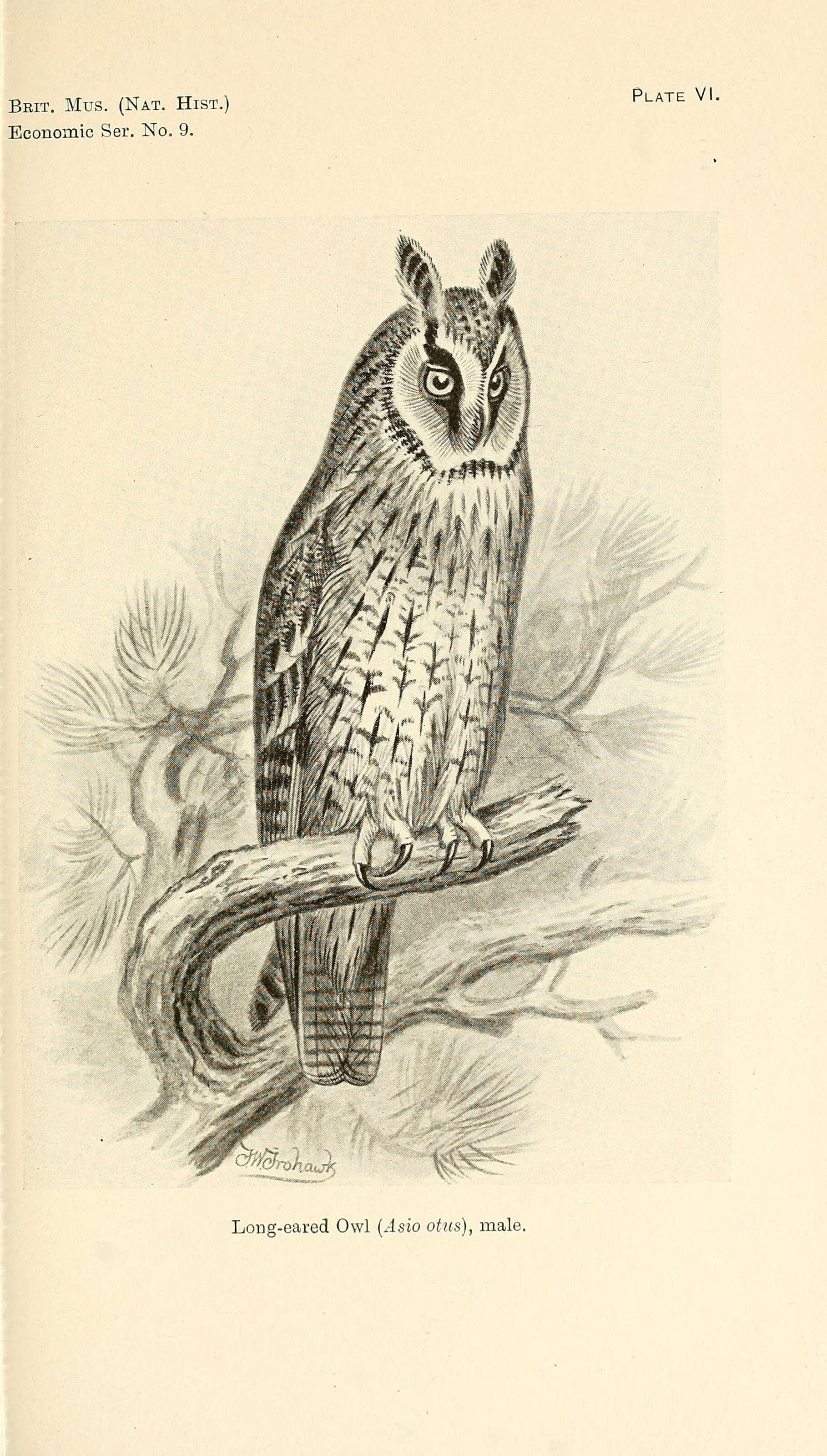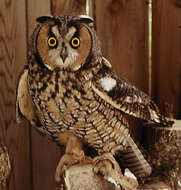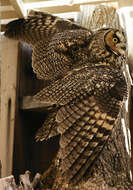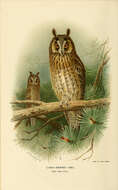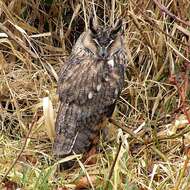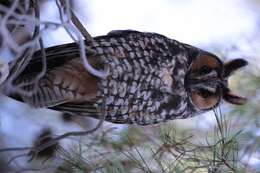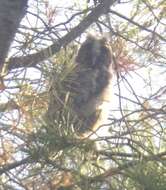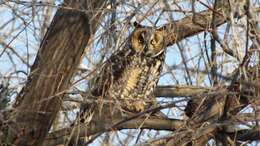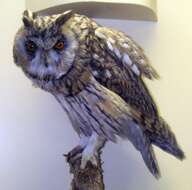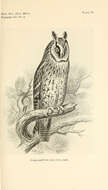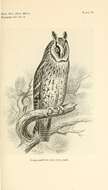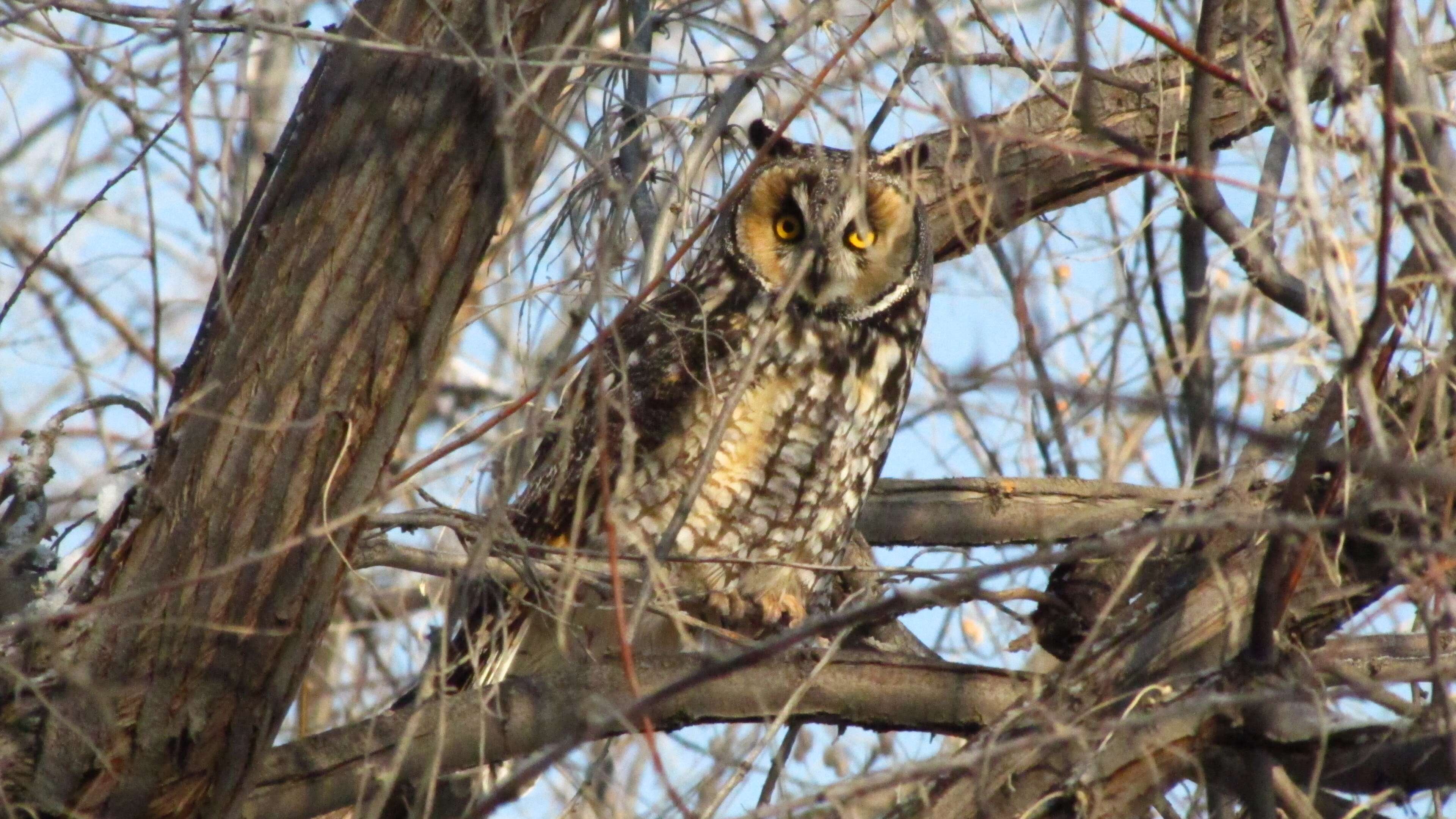
These owls are something of an enigma. Although not rare, they are generally uncommon,and one never knows exactly when or where you will see them,unless you happen to know of a roost site. At such roosts you can sometimes see dozens,especially in winter.They seem to like open country: fields, desert,grasslands,sagebrush or wetlands, but also need dense tangles of trees to roost and nest in. I have seen them as high as 8,000,in dense thickets of fir in aspen woodland near my cabin, but there is open sagebrush nearby they can hunt over looking for small rodents like voles,which is done exclusively at night. They can be extremely difficult to spot in the tangles they roost in, their black and brown markings blending in with the shadows and branches.They give a single low hoot on spring nights near their nests,presumably to communicate and court with their mate or announce their territory to other Long-eareds nearby,which I've only heard a few times in my life. Unlike most owls they do not usually respond to recordings of their calls,making finding them all the more challenging. Often I will go years between sightings, but have been lucky of late. This roost,which had 4,was found on a Christmas Bird County by a team mate,but don't ask me where it is because I wont tell you. If word gets out of a roost,every photographer around with try and get a photo,which will usually end with the owls leaving the area. I got my first good look at one years ago in a juniper grove on an island in the great salt lake,a few stunted trees surrounded by vast fields of grassland and sagebrush steppe. Since then whenever I see a thicket of trees in an otherwise open landscape,I always check it out well,looking for one of these enigmas. 9 times out of 10,I see nothing but sticks and shadows. Old reports indicate they were once more common than present,often being described in old books as abundant, their populations seem to be declining for some reason, if I had to guess it probably has something to do with fewer and fewer fields and pastures,and more and more houses and people,the draining of wetlands for more land to cultivate or develop,and the general degradation and miss management of our landscapes by the every hungry engine of industrial development. Maybe some could live without this enigma hooting on cold early spring nights,but I find the world much more interesting with things that need to discovered in the overgrown tangle

